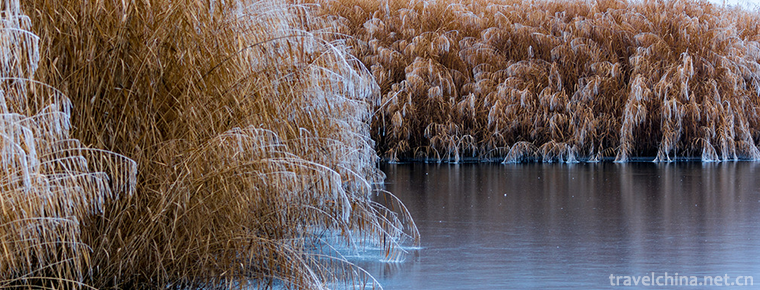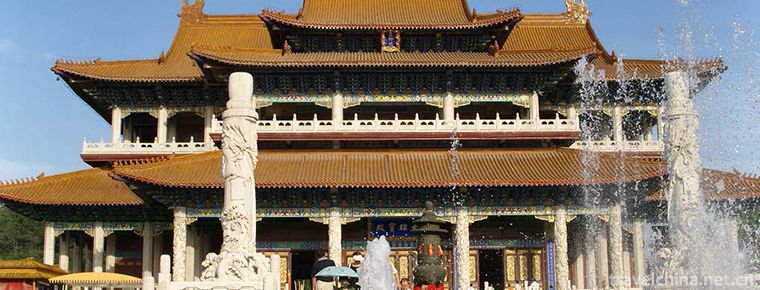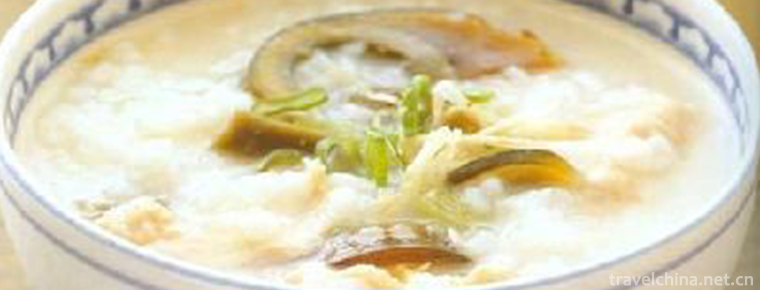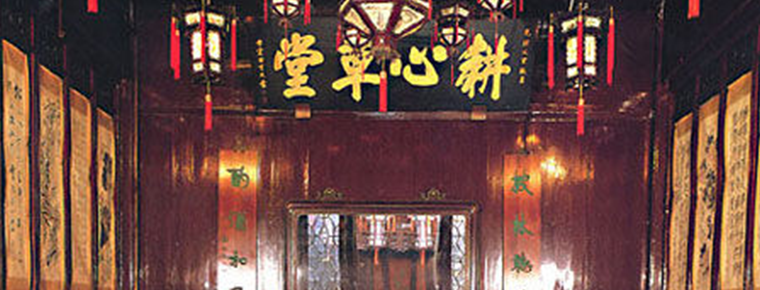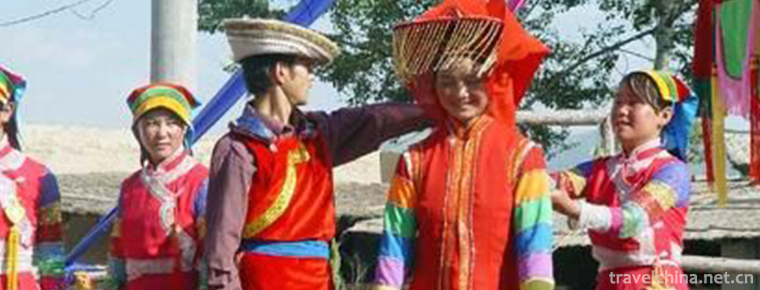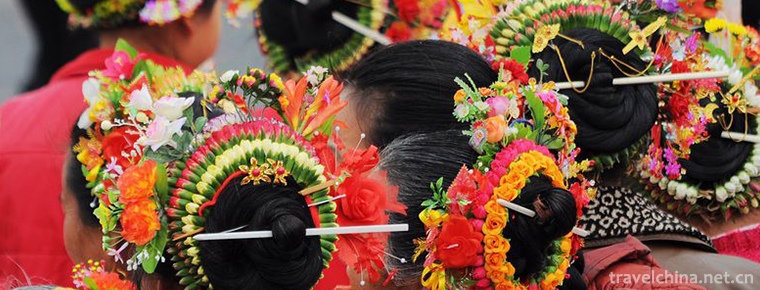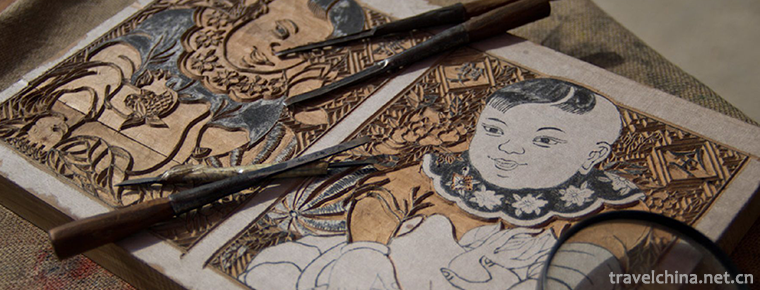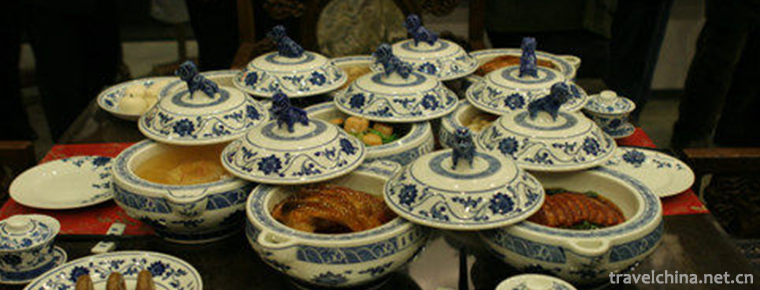Traditional preparation methods of traditional Chinese medicine
Traditional preparation methods of traditional Chinese medicine
Traditional Chinese medicine preparation method, one of the traditional Chinese medicine, is declared by the Chinese Academy of Traditional Chinese Medicine and the Chinese Association of Traditional Chinese Medicine. It is one of the national intangible cultural heritages.
Under the guidance of traditional Chinese medicine theory, traditional Chinese medicine preparations are processed from traditional Chinese medicine as raw materials to produce drugs with certain specifications that can be directly used for disease prevention and treatment. The most representative traditional formulations are pills, powder, ointment and dan. For thousands of years, traditional Chinese medicine preparations have accumulated rich experience and formed unique preparations technology in the medical practice of doctors of past dynasties, which is an important part of the treasure house of traditional Chinese medicine.
On May 20, 2006, the traditional Chinese medicine preparation method was approved by the State Council of the People's Republic of China and listed in the first batch of national intangible cultural heritage list, No. IX-4.
History of Development
In Xia Yu's time, the working people of China discovered the function of wine by brewing wine, and made medicinal liquor. At the same time, they found koji. By Shang Dynasty, decoction had been widely used. In the Eastern Han Dynasty, there were already known about the pharmaceutical theory and preparation rules. It was pointed out that "those who were suitable for pills, dispersions, decoctions, wine stains, and soups should not be violated with medicinal properties". It is emphasized that dosage forms should be selected according to their properties. On the basis of soup, pills, powder, ointment and wine, Zhang Zhongjing has created more than ten formulations, such as sitting agent, conducting agent, lotion, ear drops, syrup and organ preparation. Moreover, the preparation method is relatively complete, and the usage, dosage and indication are clear. Gehong in Jin Dynasty created pills by using the adhesive force of medicine itself, as well as lead paste, wax pills, concentrated pills, ingots, bars, moxibustion and other dosage forms. In the Jin and Yuan Dynasties, pill coating was invented, while in the Ming Dynasty, the new technology of "cinnabar as coating" was invented. Li Shizhen of the Ming Dynasty was a master. The methods of pharmaceutical preparations before the 16th century were summarized and more than 40 kinds of pharmaceutical formulations were recorded.
With the progress of modern science and technology, new dosage forms, new techniques and new technologies of traditional Chinese medicine (TCM) are emerging constantly, which enriches the dosage forms of TCM preparations. However, the traditional preparation technology has been challenged and impacted unprecedentedly. Besides the decoction is still the preferred dosage form of traditional Chinese medicine, pills, powder and ointment are still widely used. Some traditional dosage forms and technologies have been lost or are being eliminated, including many traditional technologies. Therefore, it is necessary to protect it in order to realize inheritance and development.
The state attaches great importance to the protection of intangible cultural heritage. On May 20, 2006, the traditional Chinese medicine preparation method was approved by the State Council and listed in the first batch of national intangible cultural heritage list. On June 5, 2007, the Ministry of Culture confirmed that Yan Zhenghua of the Chinese Academy of Traditional Chinese Medicine and Zhang Boli of the Chinese Association of Traditional Chinese Medicine were the representative successors of this cultural heritage project, and were included in the list of 226 representative successors of the first batch of national intangible cultural heritage projects.
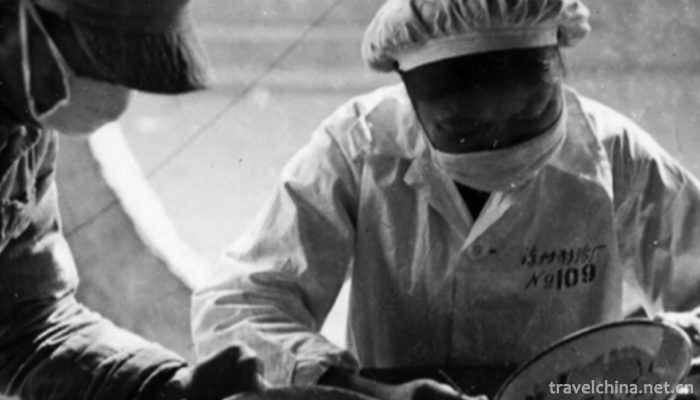
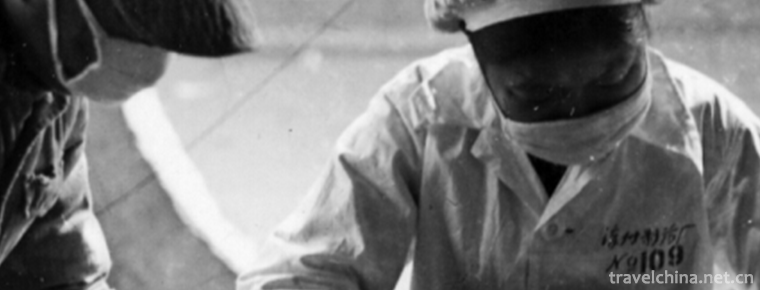
Traditional preparation methods of traditional Chinese medicine
-
Bosten Lake Scenic Area
Bosten Lake Scenic Spot is a national 5A scenic spot, covering an area of 988 square kilometers, is located in Xinjiang, China's scenic spots, Bosten Lake was known as the West Sea in ancient times,
Views: 243 Time 2018-12-12 -
Jiulong Mountain Rural Tourism Scenic Area
Mianzhu Jiulongshan Rural Tourism Scenic Area is located in the northwest of Mianzhu City, Sichuan Province. It is a characteristic rural tourism area
Views: 154 Time 2018-12-22 -
Jade Buddha Garden
Yufo Garden is a famous tourist attraction in Anshan. It is located in the core scenic area of Yufo Mountain. It covers an area of 270,000 square meters. It is surrounded by mountains on three sides a
Views: 120 Time 2019-03-06 -
Eight treasures porridge
Babao porridge is a dish of Manchu and Han Dynasty. It tastes sweet and delicious and enjoys a high reputation.
Views: 253 Time 2019-03-26 -
Hu Qingyutangs Traditional Chinese Medicine Culture
Hu Qingyutang's traditional Chinese medicine culture is one of the national intangible cultural heritages and the traditional trade customs preserved by Hu Qingyutang.
Views: 165 Time 2019-05-03 -
Tu Wedding
The custom of Tu people's wedding in Huzhu Tu area has a long history. Tu people's wedding custom is gradually formed and developed through the struggle with nature and the long-term practice of produ
Views: 309 Time 2019-06-23 -
The Custom of Hupu Women
Hupu women's custom is a traditional folk custom in Quanzhou City, Fujian Province. Hupu women are mainly distributed in the communities of Hupu, Jinzai, Houpu and Dongmei in Donghai Street, Fengze Di
Views: 214 Time 2019-07-09 -
Yang Liu Qingmu New Year Print
Yangliuqing Wood Printing New Year Picture, Tianjin folk traditional art, one of the national intangible cultural heritage.
Views: 236 Time 2019-07-11 -
Taiji of Yi Nationality
Qitaiji is an ancient form of drama that only exists in Nugazhai village, Bandi Township, Weining Yi Hui Miao Autonomous County, Guizhou Province. Taiji is the transliteration of Yi, the word "Qi
Views: 415 Time 2019-07-12 -
Cuisine Skills of Official Cuisine in Zhili
The culinary skill of official dishes in Zhili is a precious cultural heritage of Baoding ancient city. Since the Qing Dynasty and the Republic of China, official cuisine and cooking skills in Zhili h
Views: 161 Time 2019-07-25 -
Shenhai well
Zigong Shenhai well is located at the foot of ruanjiaba mountain in Da'an District, covering an area of 3 mu, with an altitude of 341.4 meters. The well was excavated in the third year of Daoguang in Qing Dynasty (1823 A.D.) and completed in the 15th year of Daoguang (1835 A.D.), which lasted 13 years
Views: 179 Time 2020-10-15 -
Hanging coffin of Bo people BoRen
"Bo People's hanging coffin" is located in Yibin City, Sichuan Province. It is distributed in Gongxian County, Xingwen County and Junlian county. "Gong county annals" records that "Gongben Bo land, Bo people hanging coffins.".
Views: 169 Time 2020-10-16
